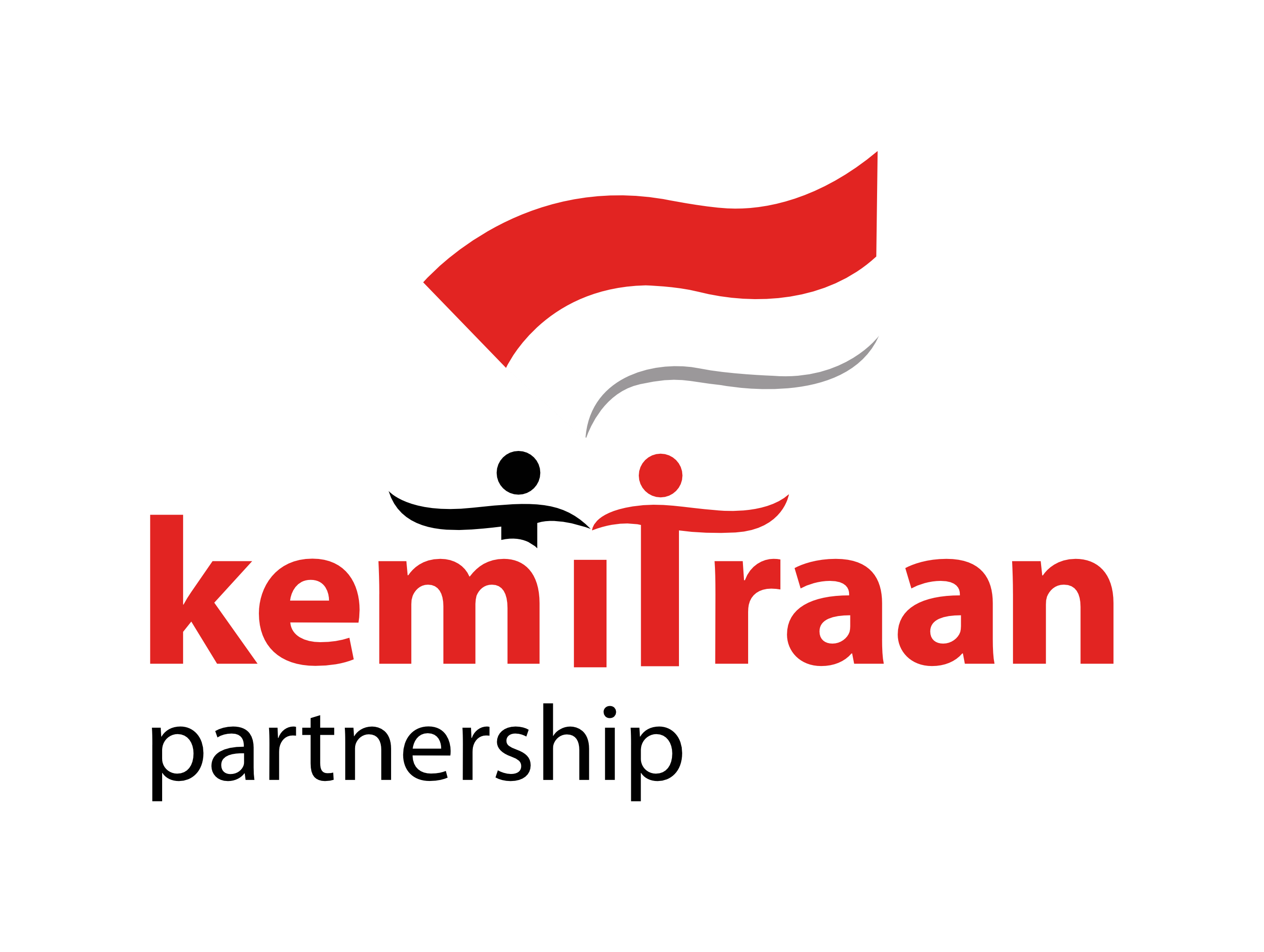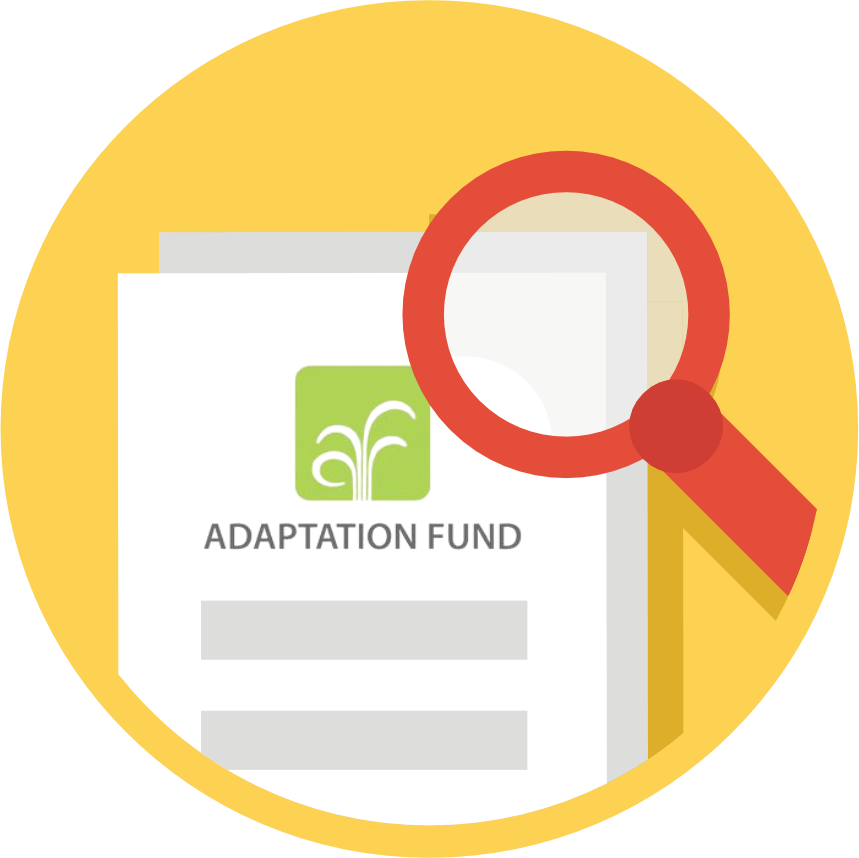Definition and scope
Transparency in this context has a two-sided definition. First of all, it shows an attitude of institutions and individuals (The Partnership and grant recipients) are obliged to design and execute programs and activities in a clear, predictable (have certainty) and understood. These terms provide greater opportunities for stakeholders to understand the details of the programs and activities that affect them. The next aspect is the quality of information on plans and implementation highlighted by institutions or individuals who have the obligation to be understood so as to make the parties take a certain attitude.
Transparency requires the disclosure of information and good quality. The main indicators of the quality are demonstrated by the attitude shown by the interested parties, which may consist of inputs, comments, criticism, and even refusal of the activities proposed by the implementors.
Instrument Used
Mechanisms to ensure the implementation of transparency, at least availability of the following:
1. Mechanisms that ensure that the basic information of relevant programs and activities is presented to stakeholders at the site level.
2. The mechanisms that ensure the delivery of relevant information submitted prior to the program or project designed at the site level, in accordance with local conditions, and in a manner that is simple and easy to understand.
3. Mechanisms for clarification and reservation of information conveyed by program/activity implementer.
4. The mechanism which ensures that information which sensitive to the needs of marginalized groups, especially women and indigenous peoples
5. The mechanisms that ensure the transparency of information on the program or activity reports that is accessible and easy to understand by stakeholders, particularly women, indigenous peoples, and minorities.
6. Mechanism that ensures input or objections to the information that was made available to the public.
Legal Foundation
Some provisions of the law have regulated the transparency of public institutions or public service providers. The law defines public service providers as an institution of state officials, corporations, independent agencies established by law for public service activities, and other legal entities formed solely for public service activities (Article 1 paragraph 2 of Law No. 25/2009 on Public Service)
| Regulation | Content |
| Law No. 14/2008 Public Disclosure | Under this law, information is the right of every person. Specifically, this law states that: (1) Everyone has the right to communicate and obtain information needed to develop individual and social environment. (2) Everyone has the right to seek, obtain, possess, store, process and convey information by using all available means. On the other hand, the government has the obligation and responsibility of the right to information with respect, protect, uphold and promote human rights stipulated in this law, other legislation and international law on human rights received by state Republic of Indonesia. Obligations and responsibilities of the government, including the implementation of effective measures in the field of legal, political, economic, social, cultural, defence, state security, and other areas (chapters 71 & 72) |
| Law No. 39/1999 on Human Rights | Under this law, information is the right of every person. Specifically, this law states that: (1) Everyone has the right to communicate and obtain information needed to develop individual and social environment. (2) Everyone has the right to seek, obtain, possess, store, process and convey information by using all available means. On the other hand, the government has the obligation and responsibility of the right to information with respect, protect, uphold and promote human rights stipulated in this law, other legislation and international law on human rights received by state Republic of Indonesia. Obligations and responsibilities of the government, including the implementation of effective measures in the field of legal, political, economic, social, cultural, defense, state security, and other areas (chapters 71 & 72) |
Minimum achievement list:
- The existence of the mechanism of public disclosure of information projects and activities and input of the various parties on the design of the project or activity. This mechanism at least refers to the instruments in this policy or legislation on public information in Indonesia. Some indicators of achievements are as follows:
– Invitation to stakeholders at least 2 weeks or 10 working days before the event takes place.
– General information projects and activities are open to the public, at least, through its website. This information shall be delivered 2 weeks or 10 working days before their first face-to-face with stakeholders
– General information at least outlines the project implementers, types of activities, goals and objectives of the activities, budget, stakeholder engagement plans, stages or general work plan.
– Public input information on planned activities or projects submitted through the website. This information is also accompanied by a change in the document is based on public input.
Information safeguards policies including complaint mechanisms - Project beneficiaries understand properly the positive and negative aspects of the project and make decisions based on consideration of those two aspects
- At least 50% of the project beneficiaries know the general description of the project, among others, the name of the executor, scope and location of the project activities






